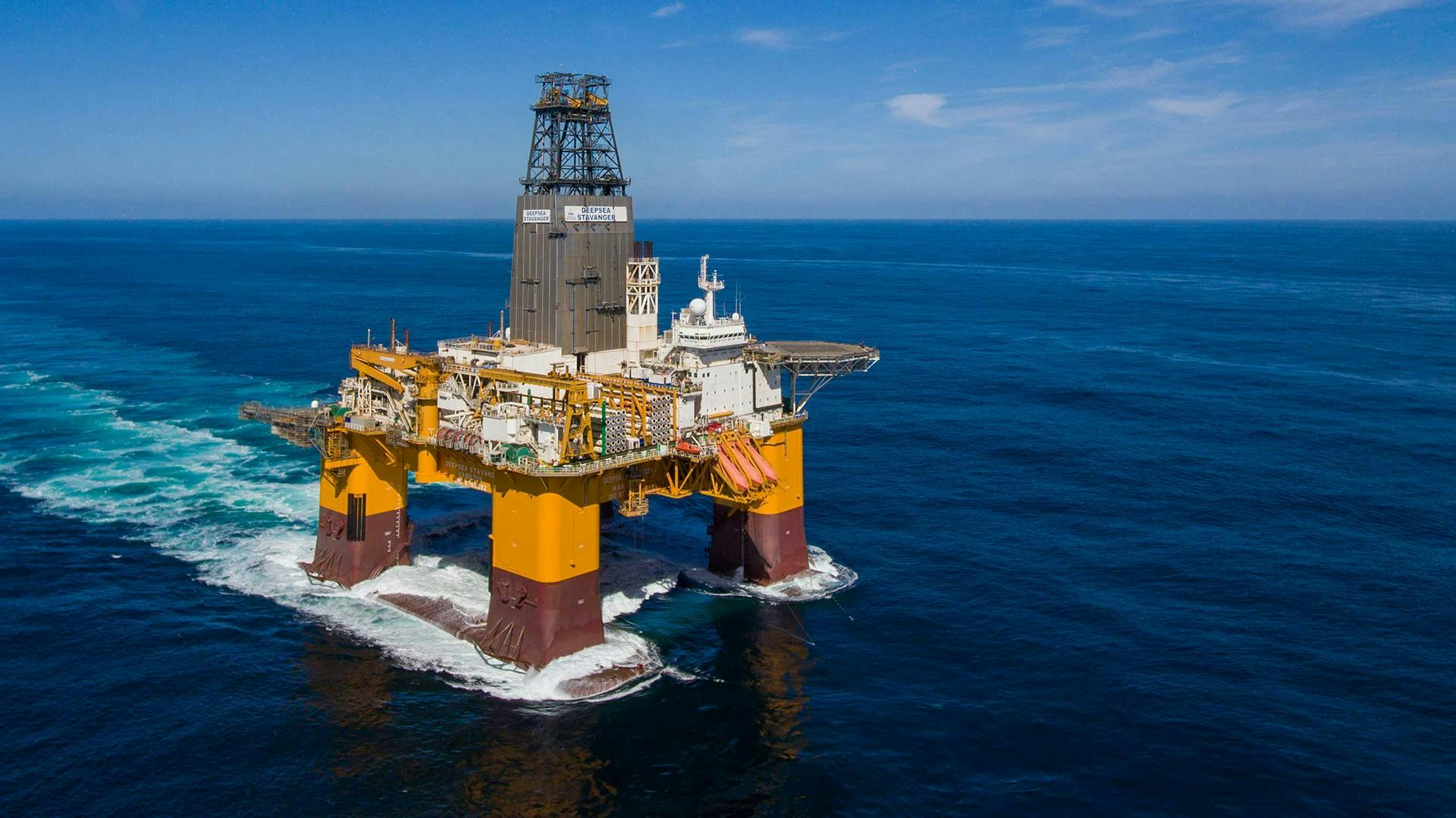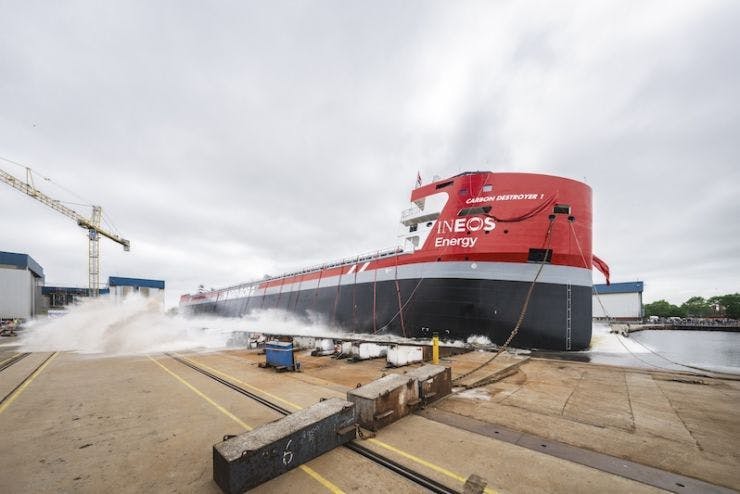By Jeremy Beckman, Editor-Europe
The Equinor-led Northern Lights joint venture has received all required permits to start injecting and storing CO2 in the Aurora CCS license in the Norwegian North Sea.
Norway’s Ministry of Energy, the Ministry of Climate and Environment, the Norwegian Environmental Agency (NEA) and the Norwegian Ocean Industry Authority (Havtil) have all issued consents for the project’s first phase.
The approvals cover injection and storage of 37.5 MMt of CO2 over the next 25 years; the first-phase facilities are designed to transport and store 1.5 MMt annually.
In March, Equinor and partners Shell and TotalEnergies approved an expansion project that will raise the transport and storage capacity to a minimum of 5 MMt/year of CO2, supported by a grant from the Connecting Europe Facility for Energy (CEF Energy) funding scheme.
The first-phase development is complete and ready to receive CO2 from industrial emitters in Norway and European industrial emitters. Operations are due to start this summer with first CO2 transport and storage from Heidelberg Materials’ cement factory in Brevik, as part of the Norwegian government’s Longship project.
Elsewhere in the North Sea, the semisub Deepsea Stavanger has drilled two appraisal wells 20 km east of the Troll A platform, for Equinor Low Carbon Solutions.
According to the Norwegian Offshore Directorate, the results suggest the reservoir is suitable for injection and storage of CO2.
Wells 32/7-1 and 32/4-4 were drilled in the Gamma and Alpha areas, the potential CO2 storage site for the Smeaheia project, and they were the first drilled in exploration license EXL 002, awarded in June 2022.
These are the second and third wells drilled to investigate the possibility of commercial CO2 storage on the Norwegian Continental Shelf.
Both were drilled through the Draupne (cap rock), Cook and Johansen Sognefjord, Fensfjord and Krossfjord formations in 300 m to 315 m of water, encountering either good reservoir-quality sandstone or homogeneous shale
Samples were retrieved from the reservoirs and cap rocks, with four injection tests also performed in each well, with positive results. The wells have since been permanently plugged and abandoned.
At the Royal Niestern Sander shipyard in The Netherlands, INEOS Energy and Royal Wagenborg have launched the first European built offshore CO2 carrier, Carbon Destroyer 1. This will transport captured CO2 for injection beneath the Nini West platform in the Danish North Sea for Project Greensand.
The vessel, based on Wagenborg’s EasyMax design, has been adapted for handling CO2 under pressure and at low temperatures.
The vessel is set to start collecting CO2 cargoes from the Port of Esbjerg, western Denmark and transporting them to Nini West late this year or early in 2026. At the same time, Project Greensand will begin permanent commercial scale CO2 storage operations.
At the port, a new CO2 terminal is under construction that will serve as the hub for receiving, storing and loading liquefied CO2 onto the vessel. It will include six large storage tanks and infrastructure to support continuous CO2 transport to the offshore storage site.
The captured CO2 – initially from Danish biogas plants – will be sent to the terminal by truck for temporary storage before being transferred to Carbon Destroyer 1.
The vessel will then sail to the Nini Field, where the CO2 cargo will be injected over 1,800 m beneath the seabed into depleted oil reservoirs certified for safe, long-term storage.
In the UK, the North Sea Transition Authority (NSTA) is inviting nominations for potential new carbon storage locations.
Last month the NSTA issued three carbon storage permits to Eni for Liverpool Bay CCS, the CO2 transportation and storage system that will serve the HyNet industrial cluster in northwest England and north Wales. It issued a further permit last December to the bp-led Northern Endurance CCS project in northeast England.
The NSTA says the nomination process, due to close on July 31, is designed to encourage companies to focus on areas where they have already performed some studies.
Those submitting nominations will have to submit spatial data and provide a high-level project description, allowing the NSTA, Crown Estate Scotland and The Crown Estate to consider any spatial planning interactions/opportunities.
At present, the UK Continental Shelf is thought to have the capacity to store up to 78 gigatonnes of CO2 in depleted reservoirs and saline aquifers.






